Have you ever heard of The Tibetan Book Of The Dead? Also known as the Bardo Thodol, this sacred Buddhist text might sound spooky in English, but it’s actually a very important and fascinating piece of Tibetan and Vajrayana literature. The text is intended to guide practitioners through the events that the spirit experiences after death; and it has inspired quite a few Western musicians through the years.
Videos by American Songwriter
1. John Lennon
According to Paul McCartney, John Lennon wrote the psychedelic track “Tomorrow Never Knows” from Revolver after reading The Tibetan Book Of The Dead. In fact, the line “Whenever in doubt, turn off your mind, relax, float downstream” comes directly from an English adaptation of the ancient text.
“Round about this time people were starting to experiment with drugs, including LSD,” said McCartney. “John had got hold of Timothy Leary’s adaptation of The Tibetan Book of the Dead, which is a pretty interesting book. For the first time we got the idea that, as with ancient Egyptian practice, when you die you lie in state for a few days, and then some of your handmaidens come and prepare you for a huge voyage. Rather than the British version, in which you just pop your clogs. With LSD, this theme was all the more interesting.”
2. Leonard Cohen
Fans of Leonard Cohen know all too well about his period as a Buddhist monk. According to lore, the monks at his Buddhist monastery sent him off to play tennis; a lesson in taking life a little less seriously, which Cohen was notoriously guilty of. Cohen himself said that he “knew how to work but now how to play” and eventually came to the epiphany that enlightenment was all about “lightening up.”
So much of Cohen’s later-career work was inspired by finding peace. He went on to narrate a documentary series about The Tibetan Book Of The Dead.
3. Thom Yorke
Thom Yorke of Radiohead got into his spiritual arc in the 1990s at a time when few others were doing the same. The song “I Might Be Wrong” wrestled with the notion of a world beyond the physical, which was in part inspired by The Tibetan Book Of The Dead.
“I spent a lot of time watching things die,” Yorke said. “Walking a lot in vast landscapes, watching the seasons change, ancient rocks, rotting carcasses, flowers blossoming, rivers gurgling. I was reading ‘The Tibetan Book Of The Dead’ as well.”
Photo by Murphy/Daily Herald/Mirrorpix via Getty Images
When you purchase through links on our site, we may earn an affiliate commission.


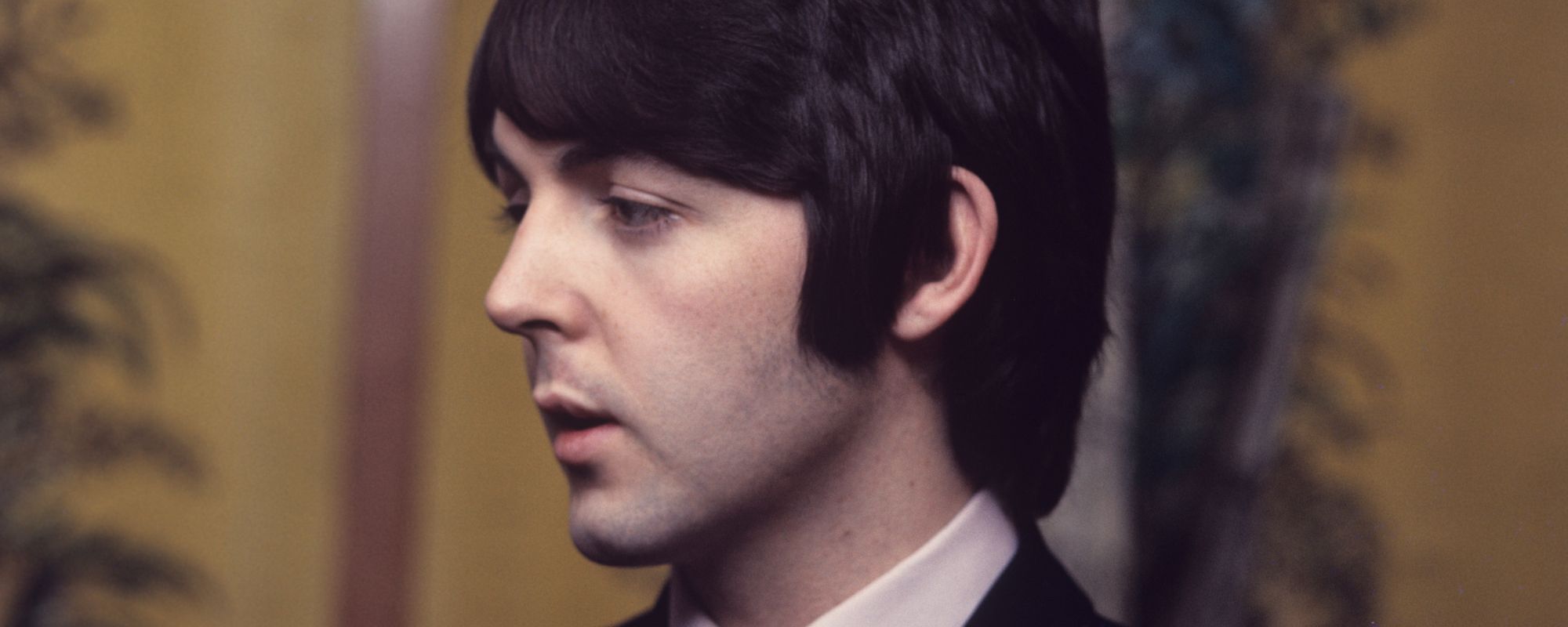


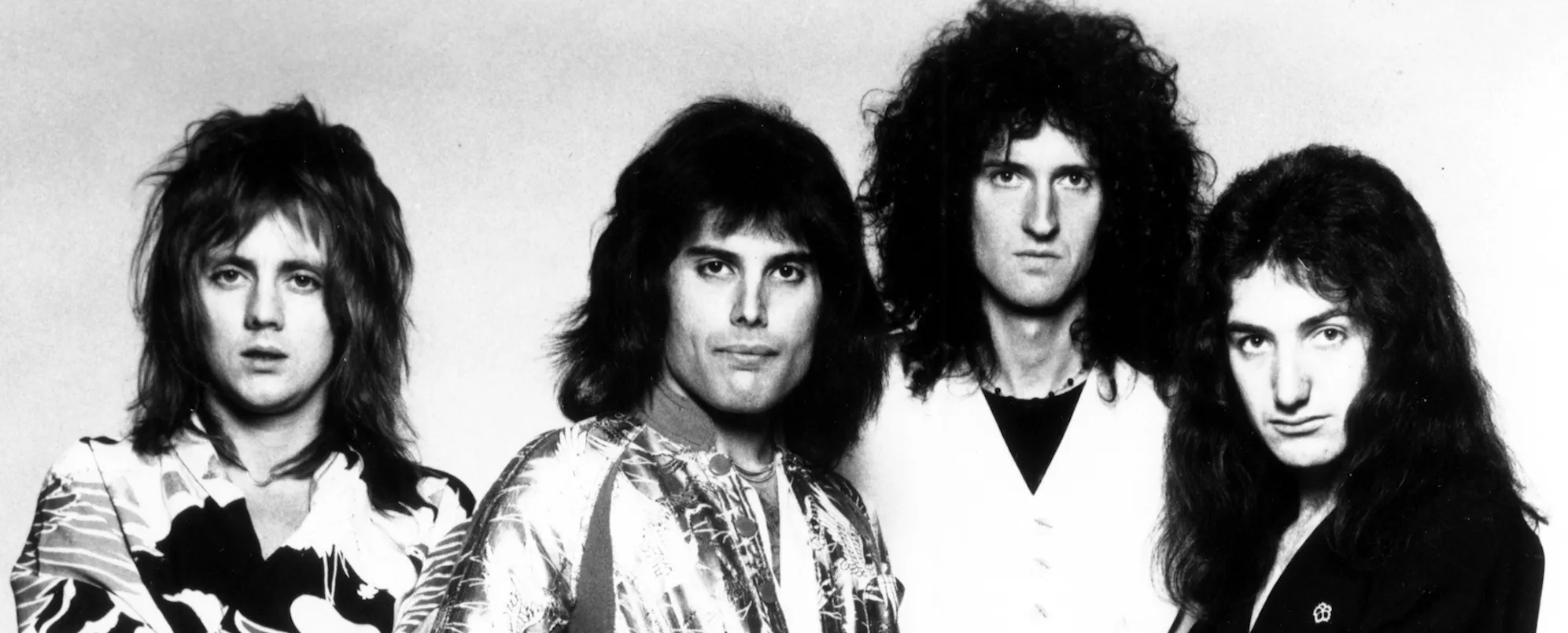
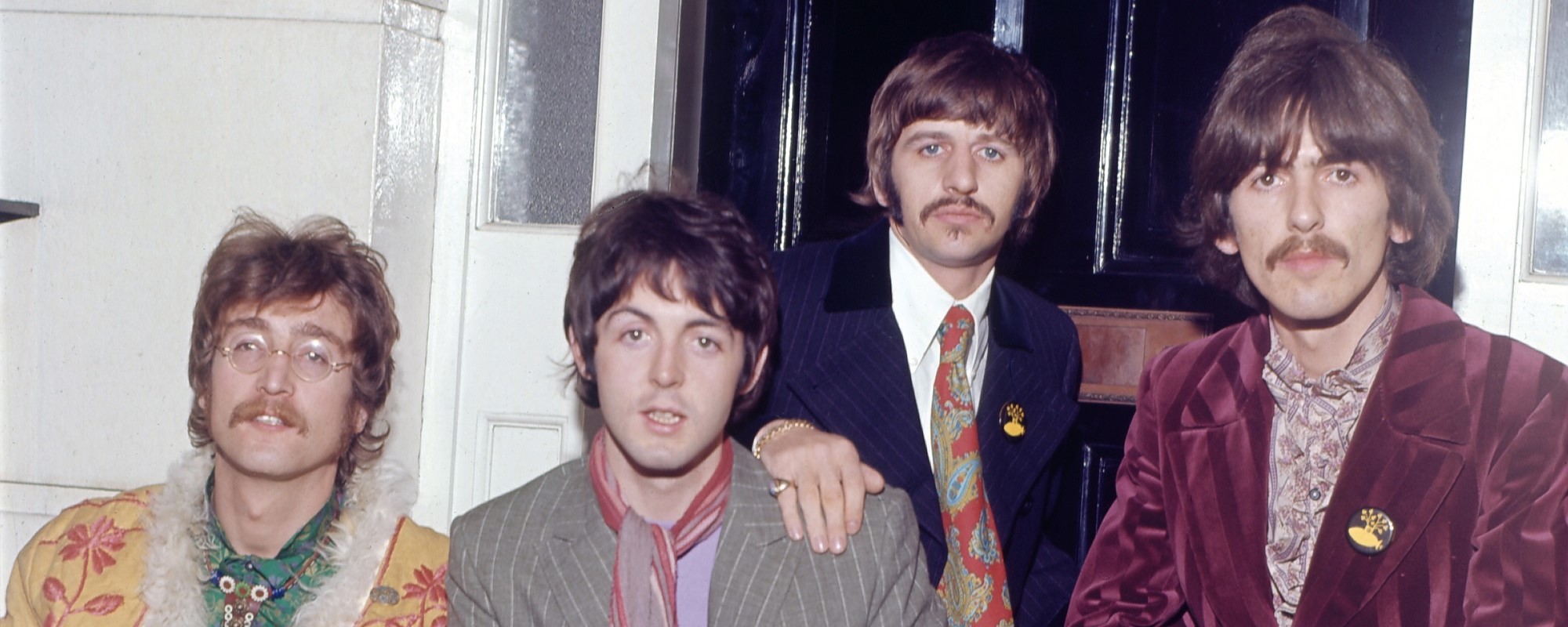
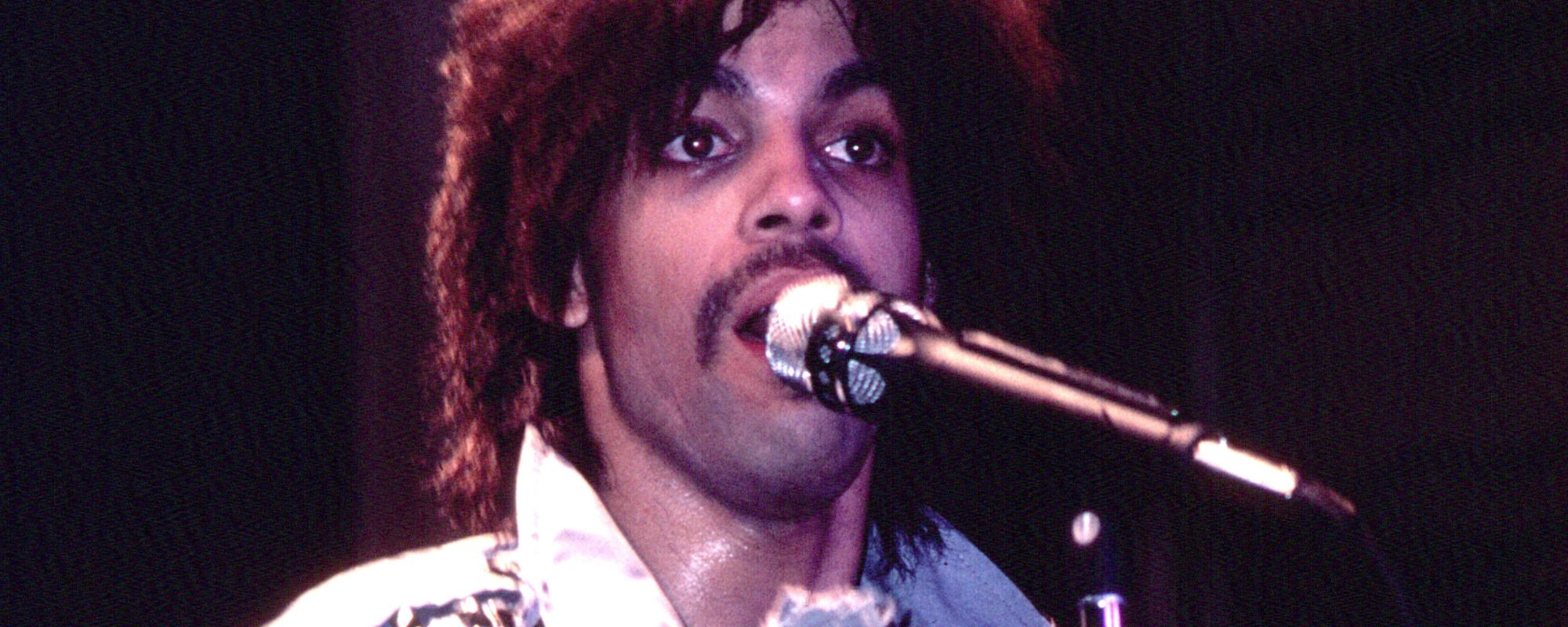


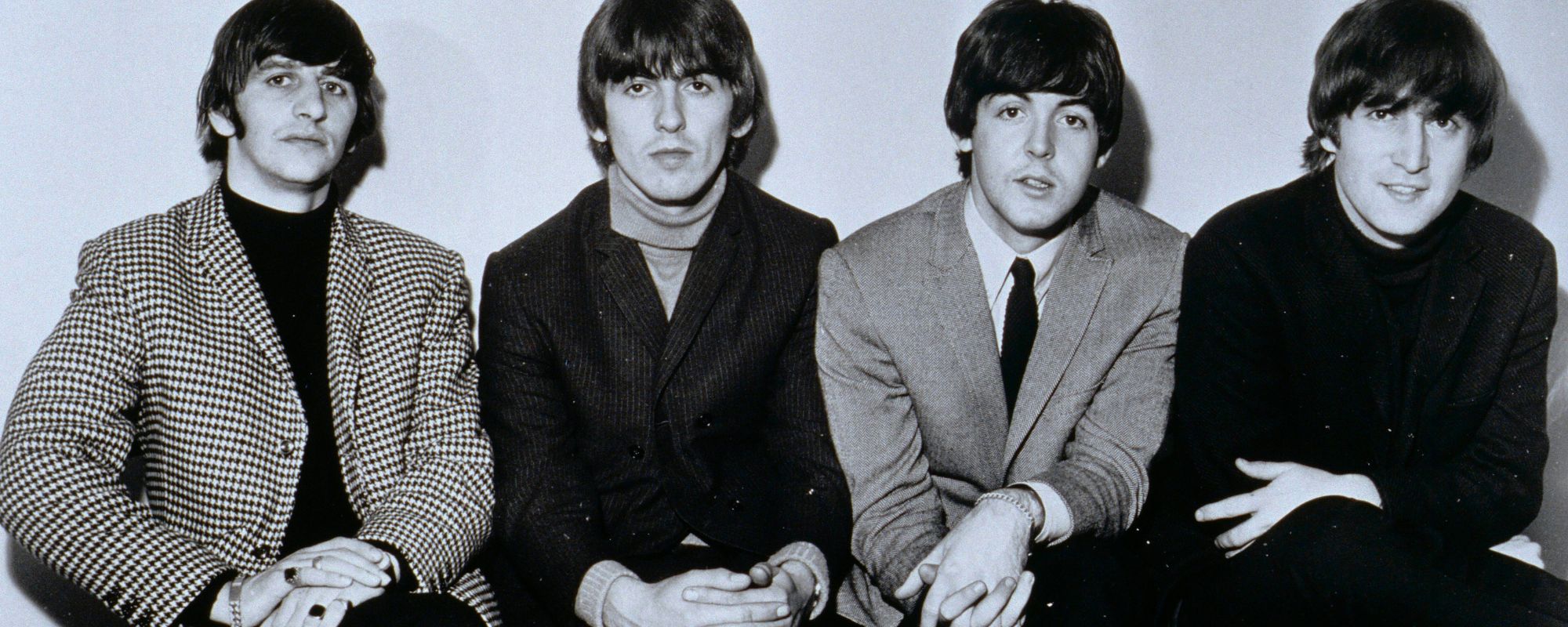
Leave a Reply
Only members can comment. Become a member. Already a member? Log in.